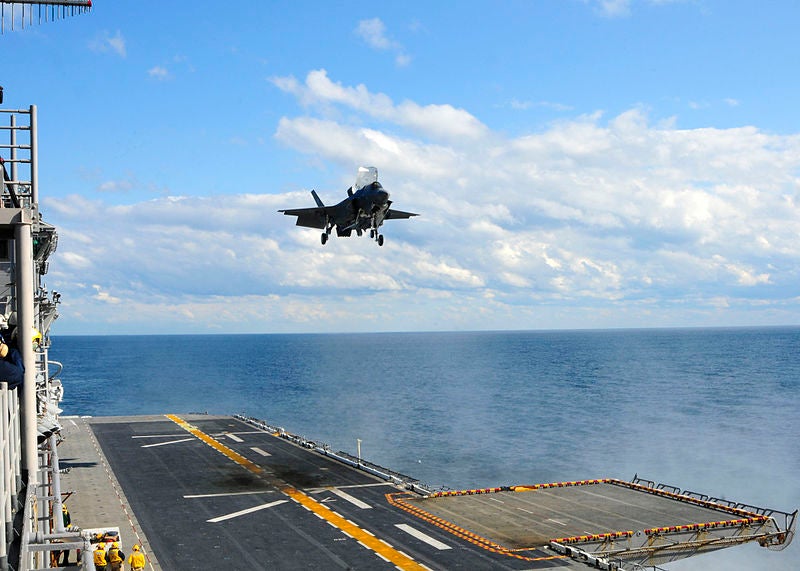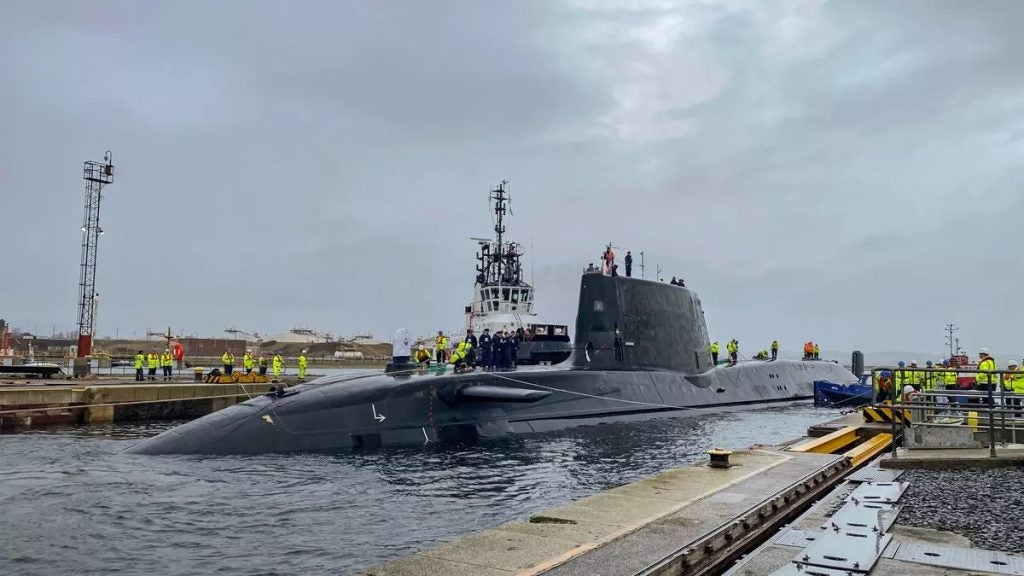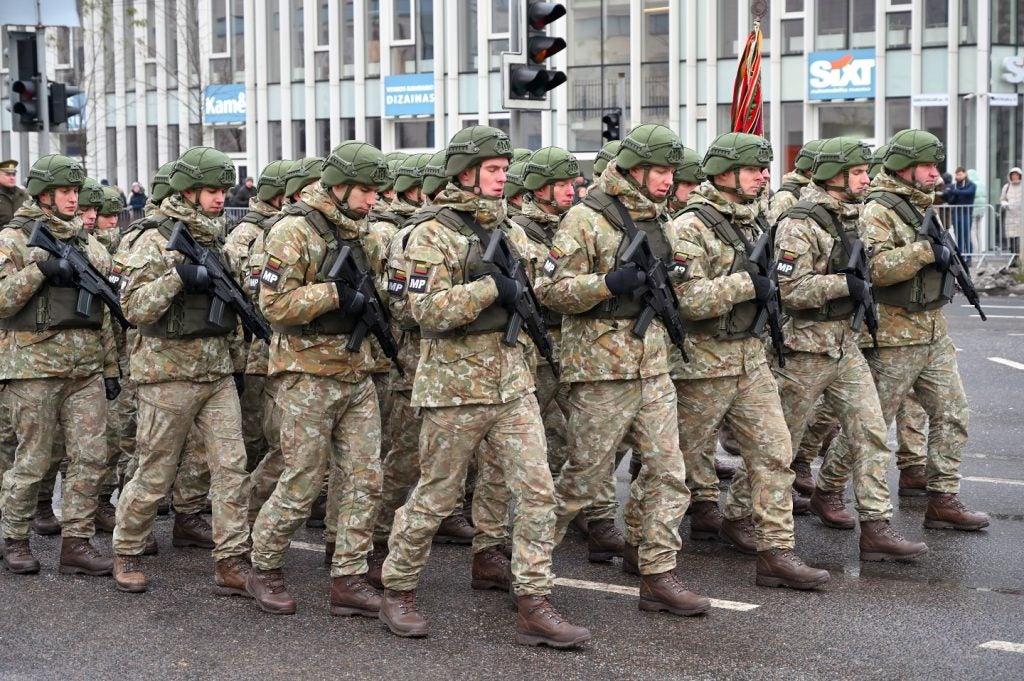 General Sir David Richards, the UK chief of the defence staff, has explained the reasons behind the major U-turn taken by the UK Government for the country’s Future Aircraft Carrier programme.
General Sir David Richards, the UK chief of the defence staff, has explained the reasons behind the major U-turn taken by the UK Government for the country’s Future Aircraft Carrier programme.
The UK Government was recently forced to back down with its decision and chose the short take-off and vertical landing (STOVL) F35-B variant of the Lockheed Martin-built joint strike fighter (JSF), over a carrier version of the fighter jet requiring a catapult and arrester wire.
Writing in the Daily Telegraph, Sir David Richards said: "Two years ago, we looked at the facts we had, and made our decisions. They were right at the time, and based on the best information available. But since the Strategic Defence and Security Review (SDSR), some important things have changed.
"The more cutting-edge aspects of the carrier jet programme proved very difficult to cost accurately. What we were told in 2010 has changed. We had an opportunity to put this right, and it has been taken."
How well do you really know your competitors?
Access the most comprehensive Company Profiles on the market, powered by GlobalData. Save hours of research. Gain competitive edge.

Thank you!
Your download email will arrive shortly
Not ready to buy yet? Download a free sample
We are confident about the unique quality of our Company Profiles. However, we want you to make the most beneficial decision for your business, so we offer a free sample that you can download by submitting the below form
By GlobalDataSir Richards added that since the 2010 strategic defence and security review (SDSR), the improvements made to the STOVL aircraft has demonstrated its capabilities by flying more than 900 hours, while also reducing complications and cost increases.
See Also:
The risk of further delays, similar to those currently affecting the F-35C variant, will also be shortened, with the F-35C variant now not expected to enter into service until 2023 at the earliest.
Reverting to the F35-B vertical landing model is now believed to bring the launch to 2018, with sea trials for the first carrier expected to begin in 2017.
The financial and technical risks involved with the STOVL were also lower in comparison to the increasing costs of converting carriers to operate the carrier variant.
Defence secretary Philip Hammond estimated that the cost of fitting the ‘cats and traps’ system to the first Queen Elizabeth-class aircraft carrier had risen from £950m to £2bn, while fitting it to a second carrier could take the total cost up to £3bn.
Lockheed is currently developing the multirole stealth F-35 for the US Military and eight other international partners, including the UK, at a total projected cost of around £245bn.
Image: An F-35B Lightning II performs its first vertical landing at sea aboard USS Wasp. Photo: courtesy of US Navy photo by Mass Communication Seaman Natasha R Chalk.






